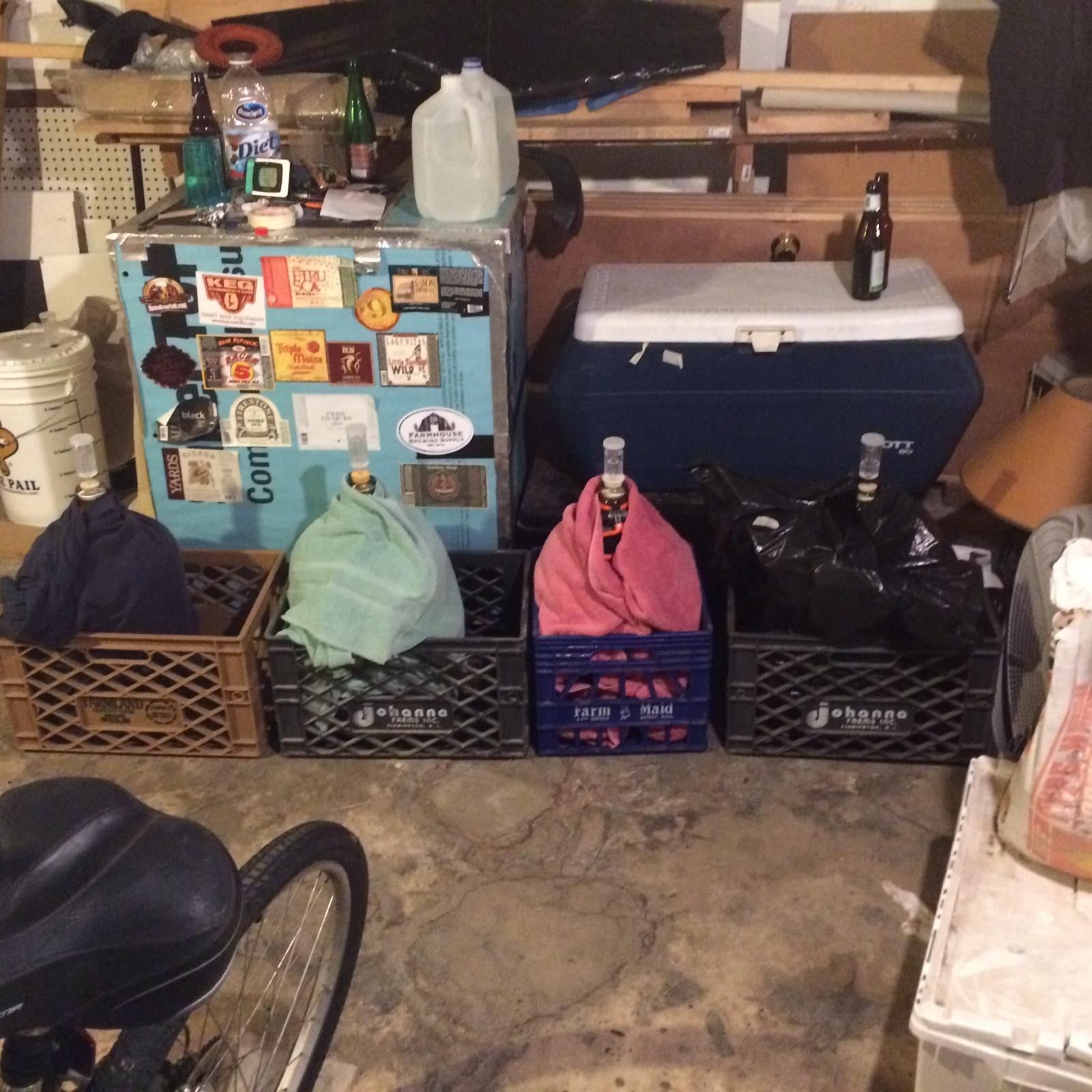adamyoung
Well-Known Member
Im planning on doing a spontaneous/wild fermentation today, leaving outside until probably Friday then the carboy will go to the basement to do its thing. My concern is that the gas released by the wild fermentation may introduce a strong presence of bugs in the basement over time, which is where I chill and aerate my wort and pitch my yeast for traditional ales and lagers. Anyone out there with experience brewing/fermenting sour and traditional beers know if I should be concerned about that? Thanks!!
Also, my apologies if this has been addressed in another thread - I didn't see a specific answer for this in my wanderings.
Also, my apologies if this has been addressed in another thread - I didn't see a specific answer for this in my wanderings.



